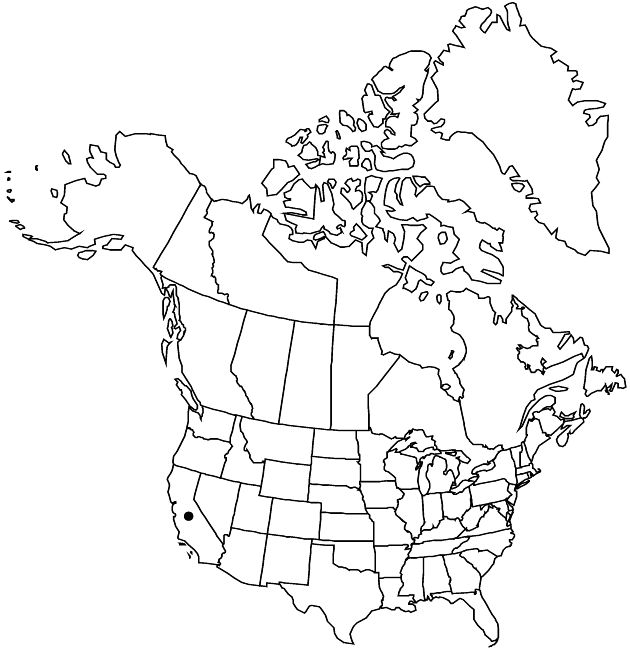Difference between revisions of "Hazardia stenolepis"
Vasc. Pl. San Luis Obispo Co., 296. 1970.
FNA>Volume Importer |
imported>Volume Importer |
||
| Line 53: | Line 53: | ||
|publication year=1970 | |publication year=1970 | ||
|special status= | |special status= | ||
| − | |source xml=https:// | + | |source xml=https://bibilujan@bitbucket.org/aafc-mbb/fna-data-curation.git/src/bb6b7e3a7de7d3b7888a1ad48c7fd8f5c722d8d6/coarse_grained_fna_xml/V19-20-21/V20_1028.xml |
|tribe=Asteraceae tribe Astereae | |tribe=Asteraceae tribe Astereae | ||
|genus=Hazardia | |genus=Hazardia | ||
Revision as of 20:42, 27 May 2020
Shrubs, 30–100 cm. Stems sparsely short-hispidulous. Leaves sessile; blades obovate to oblong, 15–25 × 5–12 mm, coriaceous, bases subclasping, margins coarsely spinulose-dentate or -serrate (with 5–11 pairs of teeth), faces glabrous. Heads in densely spiciform arrays. Involucres cuneate to very narrowly turbinate, 10–17 × 3–6 mm. Phyllaries stiffly erect, almost completely stramineous, linear-lanceolate, faces glabrous except minutely gland-dotted at tips. Ray florets 0. Disc florets 4–8(–10); corollas 7–9 mm. Cypselae 5–8 mm, glabrous. 2n = 10.
Phenology: Flowering Sep–Nov.
Habitat: Oak-pine woods
Elevation: 150–2000 m
Distribution

Calif., Mexico (Baja California).
Discussion
Hazardia stenolepis is distinguished by its hairy stems, glabrous, relatively small leaves, discoid heads, and long, narrow involucres with stramineous, linear-lanceolate phyllaries.
Selected References
None.